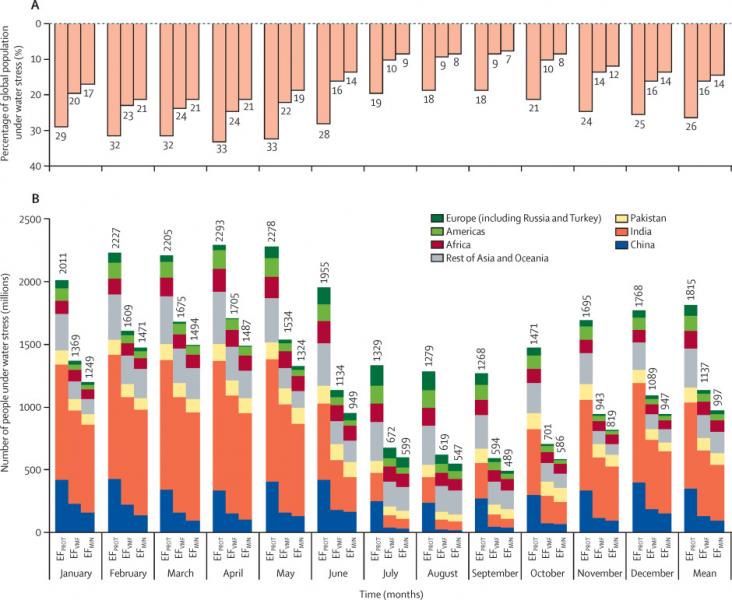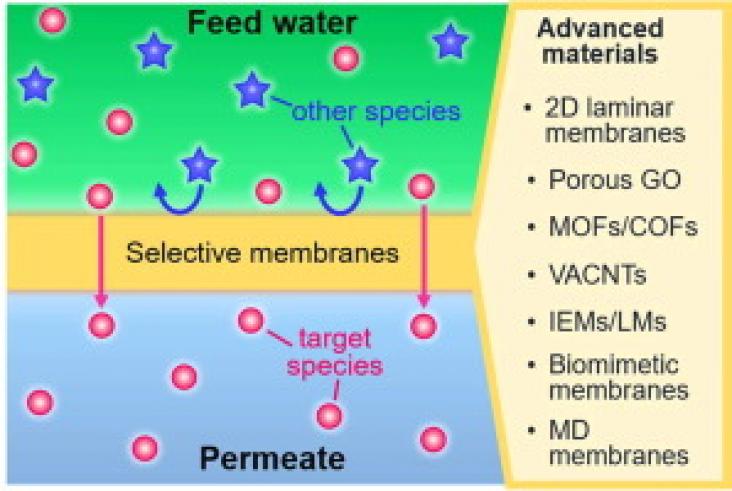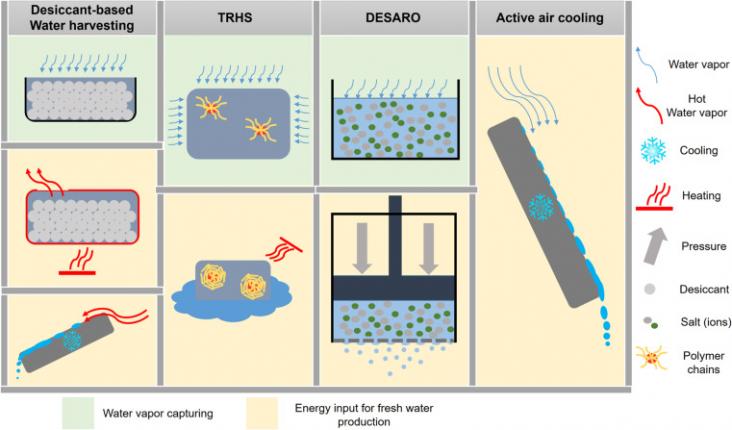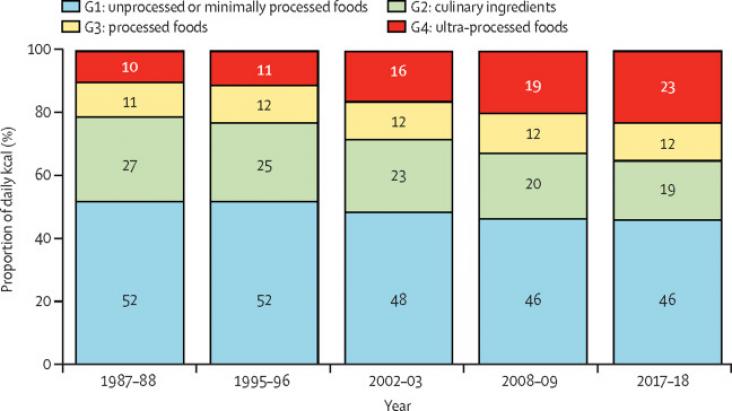
This Article supports SDGs 3 and 6 by assessing global human water stress for low to high environmental flow protection. The findings suggest that ensuring high ecological protection would put nearly half the world's population under water stress for at least 1 month per year, meaning important trade-offs are made when allocating limited water resources between direct human needs and the environment.
Underneath the façade of supposedly bubbly girls, living daily lives in many parts of Nigeria lies the problem of lack of access to proper menstrual hygiene management tools or kits.

In this review, the authors discuss the drivers, fundamental science, and potential enabling materials for high selectivity membranes, as well as their applications in different water treatment processes.
An interdisciplinary team of researchers and citizen scientists team up for assessing water quality in an iconic English river.

Producing clean, fresh drinking water from atmospheric water vapor can play an important role in alleviating water scarcity in drought-prone regions of the world. This perspective explores the current trends and future outlook for atmospheric water harvesting technologies.

An Article in support of SDGs 12 and 13, assessing greenhouse gas emissions, water footprint, and ecological footprint of different food types in Brazil, with a particular focus on ultra-processed foods
Elsevier,
Clean Energy and Resource Recovery. Wastewater Treatment Plants as Biorefineries, Volume 2, 2022, Pages 301-314
This chapter advances SDGs 6 & 7 by examining the potential for wastewater to be converted into a renewable fossil-fuel alternative.
Major challenges faced by the human population in recent times include population increase, resource depletion and deterioration of environmental quality.
This paper explores a customary system of water governance in Ghana.

COP26 is the 2021 United Nations annual climate change conference. COP stands for Conference of the Parties.
